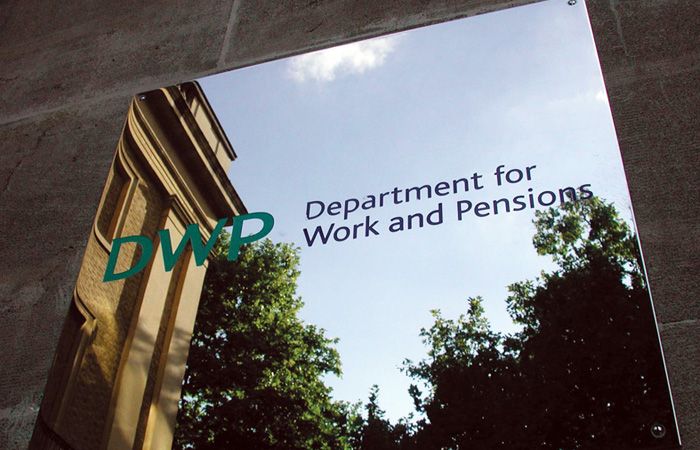Benefits uprating 2025/26
PolicyEngine projects Labour's 1.7% benefits uprating would cost £2.5 billion, mainly benefiting lower-income households.

Contents
Key findings
Introduction
Economic impact
Budgetary impact
Distributional impact
Poverty impact
Inequality impact
Conclusion
(Image credit: gov.uk)
Key findings#
PolicyEngine estimates that the 1.7% benefits uprating for 2025/26:
- increases government costs by
£2.5 billion - lowers poverty by 1.8%
- raises net income for 45.9% of people
Introduction#
Labour's announcement follows the established pattern of annual benefits uprating in the Social Security Administration Act 1992. Benefits and tax credits rose by
In this report, we analyse Labour's key proposals by modelling their impact on households. We present our estimated impacts of the 1.7% benefits uprating plan for 2025/26, providing a comprehensive view of its effects on households across the UK.
Economic impact#
Budgetary impact#
PolicyEngine compares the actual uprating plan (increasing by 1.7%), which is the responsibility of the UK government, with a scenario where benefits are frozen at their current level for the next year. The 1.7% uprating increases government costs by £2.5 billion.
Distributional impact#
Our analysis shows that the uprating provides larger relative benefits for low-income households: it raises the lowest income decile's net income by 0.8%, and the top decile's by less than 0.1%.

Uprating would benefit around 45% of the population, disproportionately those in the bottom half of the income distribution. 0.5% of the population – entirely in the lowest income decile – would gain at least 5% of their net income.

Poverty impact#
The 1.7% benefits uprating reduces the total poverty rate (absolute, before housing costs) by 1.8% and the child poverty rate by 4.0%.

Inequality impact#
Our analysis measures the impact of the 1.7% benefits uprating on inequality through multiple metrics. The reduction in inequality is shown by a 0.27% decrease in the Gini index, with smaller income shares for the highest earners – the top 10% share falls by 0.14% and the top 1% share by 0.17%.

Conclusion#
Compared to leaving them fixed, uprating benefit levels by 1.7% for the 2025/26 fiscal year would cost £2.5 billion. It would benefit 45.9% of the population, disproportionately those in lower-income households, while lowering poverty by 1.8% and the Gini index of income inequality by 0.27%.

vahid ahmadi
Research Associate at PolicyEngine

Subscribe to PolicyEngine
Get the latests posts delivered right to your inbox.
PolicyEngine is a registered charity with the Charity Commission of England and Wales (no. 1210532) and as a private company limited by guarantee with Companies House (no. 15023806).
© 2025 PolicyEngine. All rights reserved.